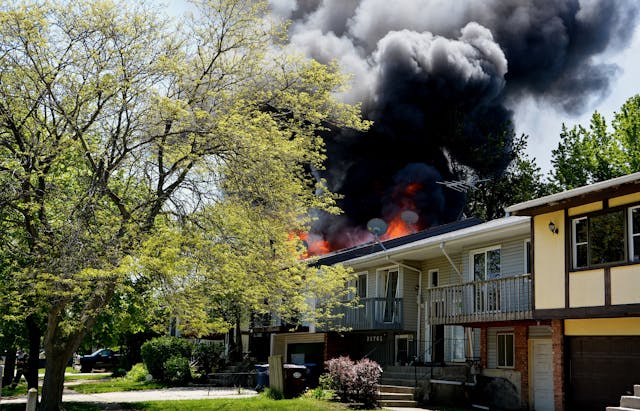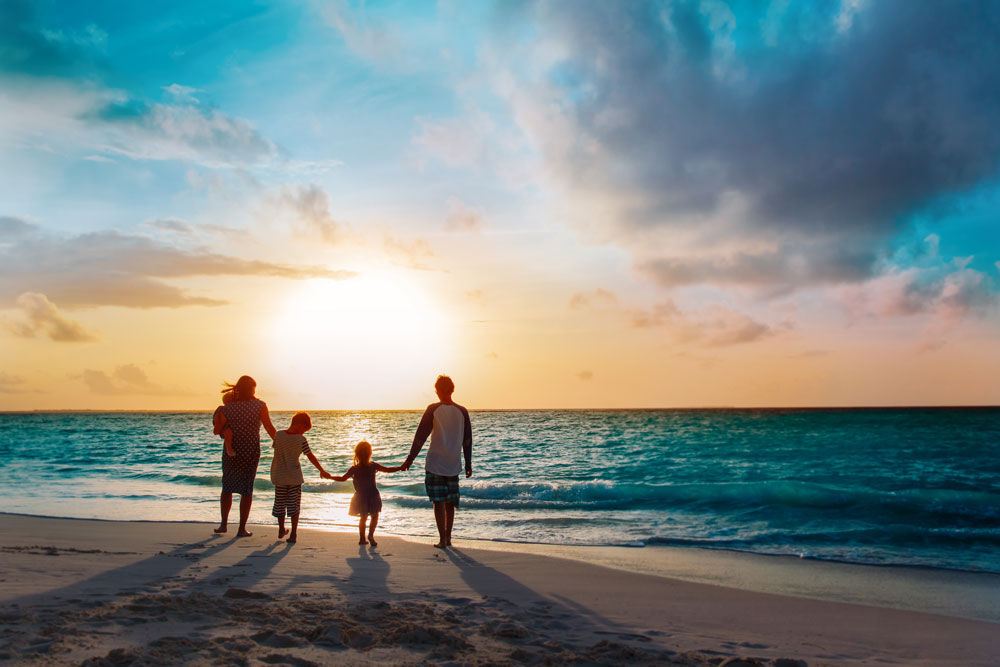
Are You Ready for a House Fire?
Did you know that, on average, seven people die every week from house fires in Canada? It’s a scary statistic, but there’s good news: you can protect yourself and your family by learning about fire safety and having a plan in place.
Why Fires Are So Dangerous
Fire spreads faster than most people realize. In just two minutes, a small flame can turn life-threatening, and within five minutes, a house can be completely consumed by flames. That’s why it’s crucial to react immediately when a fire breaks out. There’s simply no time to grab valuables or make a call—you need to focus on getting out safely.
What many people don’t realize is that the heat and smoke from a fire are often more dangerous than the flames themselves. Breathing in hot air can damage your lungs, and the smoke contains poisonous gases that can disorient you. These toxic fumes can even cause you to fall into a deeper sleep rather than waking you up. In fact, asphyxiation (from lack of oxygen) is the leading cause of death in fires, not burns.
Key Facts About Fires
Understanding the nature of fires can help you and your family prepare:
- Fire is Fast: It takes less than 30 seconds for a small flame to spiral out of control and become a major blaze. Thick, black smoke can fill your home in just minutes, making it impossible to see. That’s why it’s crucial to act quickly—once the fire starts, you don’t have time to gather your belongings.
- Fire is Hot: The heat from a fire can be deadly. Temperatures in a burning room can reach up to 600°F (315°C) at eye level, which is hot enough to scorch your lungs if you breathe it in. In five minutes, everything in the room can ignite at once—this phenomenon is called a “flashover.”
- Fire is Dark: Despite what we see in movies, fires aren’t bright—they produce thick, black smoke that plunges a room into complete darkness. If you wake up to a fire, you may not be able to see well enough to find your way out, even in a home you’ve lived in for years.
- Fire is Deadly: Smoke and toxic gases kill more people than the actual flames. Even small amounts of these gases can cause drowsiness, confusion, and shortness of breath. The fumes can put you into a deep sleep, making it impossible to escape.
How to Prepare for a Fire
One of the best ways to protect yourself and your loved ones is by having a fire escape plan. Here are some tips to create one:
- Map out two ways to escape each room: Make sure every family member knows two exits from each room. If the main exit is blocked by smoke or flames, a second option (like a window) is critical.
- Practice your escape plan: Practice your fire drill twice a year, both in the daytime and at night, so everyone knows how to react in different conditions.
- Teach children not to hide from firefighters: In a fire, it’s natural for children to hide, but make sure they know that firefighters are there to help them.
Special Considerations for Older Adults and People with Disabilities
If someone in your household has mobility challenges, plan ahead to ensure their safety:
- Stay close to an exit: In a multi-story home, consider having older adults or those with disabilities sleep on the ground floor, close to an exit.
- Check doorways for accessibility: If someone uses a wheelchair or walker, make sure all exits are wide enough for them to pass through.
- Involve neighbors or building managers: Let your community know about your fire safety plan and practice it together.
- Keep a phone nearby: Ensure that there’s always a phone within reach to call for help if needed.
Smoke Alarms: Your First Line of Defense
Smoke alarms save lives—there’s no doubt about it. Here’s how to make sure yours are working properly:
- Install both ionization and photoelectric alarms: These types of alarms detect both fast and slow-burning fires, giving you the best protection.
- Test your alarms monthly: Don’t forget to check that the batteries are working.
- Replace batteries yearly: Even if the alarm hasn’t gone off, it’s a good idea to change the batteries at least once a year.
- Place alarms on every level of your home: For full coverage, install smoke detectors both inside and outside of sleeping areas.
What to Do During a Fire
When the alarm goes off, it’s time to act fast:
- Crawl low to the ground: Smoke rises, so the cleanest air will be closer to the floor.
- Feel doors before opening: If the doorknob or door is hot, don’t open it—use your second exit.
- Signal for help if trapped: If you can’t get out, close the door and cover any cracks to keep smoke out. Call 911 and signal for help from a window with a flashlight or a piece of fabric.
- Stop, drop, and roll: If your clothes catch fire, stop where you are, drop to the ground, and roll until the flames are out.
After a Fire
Recovering from a fire can be overwhelming, but knowing what steps to take can help you regain control:
- Contact a disaster relief service: If you need help with temporary housing, food, or medication, reach out to organizations like The Red Cross.
- Speak with your insurance company: They can guide you through the claims process and help you protect your property.
- Document damage: Take photos and make an inventory of all damaged items. This will be important for your insurance claim.
At Schill Insurance Brokers, we’re committed to helping you protect what matters most. If you’d like more information about fire safety feel free to contact us. We’re here to help.
POPULAR POSTS
-
 February 14, 2025Love & Protection: Why Your Valentine’s Day Gifts Need Insurance
February 14, 2025Love & Protection: Why Your Valentine’s Day Gifts Need Insurance




















